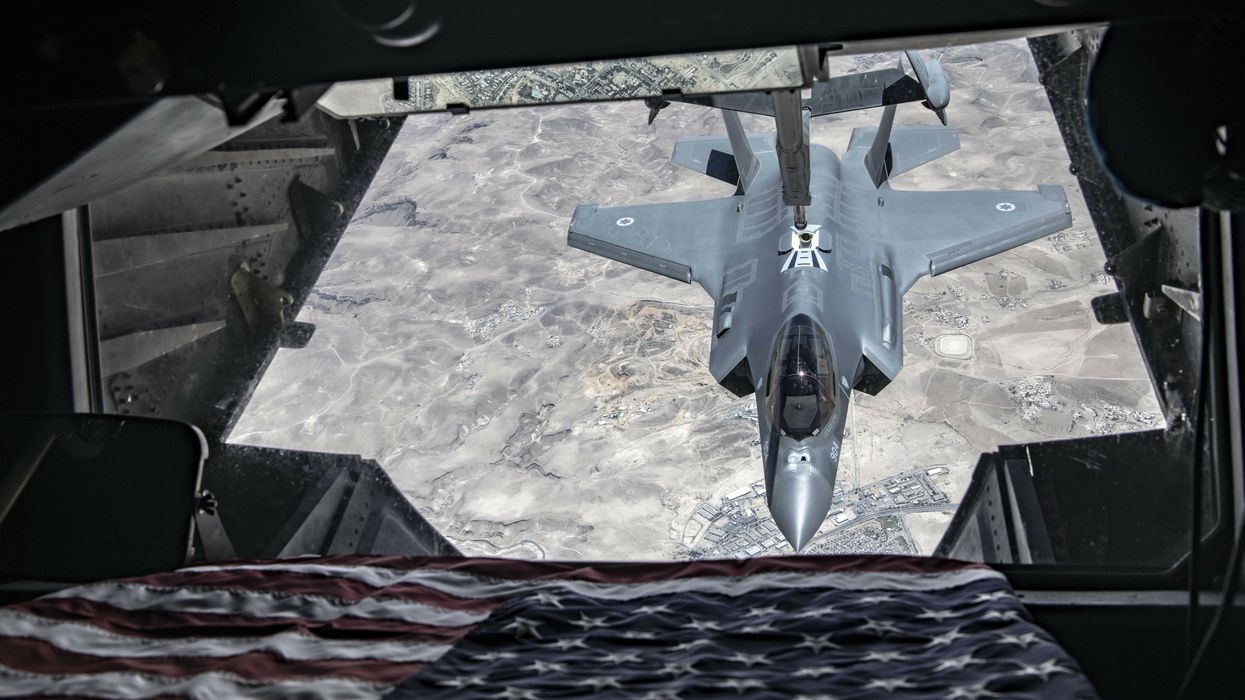As if anyone had actually forgotten about Russia’s plans to station tactical nuclear weapons in Belarus, Belarusian President Alexander Lukashenko reminded the world this week why this could be a frightening development.
Lukashenko said he wouldn’t hesitate to use those weapons if his country were attacked. But while his comments were certainly disconcerting, the general matter of Russia stationing tactical nuclear weapons in Belarus will not significantly change the current military balance in Europe.
U.S. and NATO forces were already within reach of some of Russia’s tactical nuclear assets, including those stationed in Kaliningrad. Russia’s goals here appear more political than military, and whether comforting or not, the weapons will also remain under Russian command and control.
In pushing some of his country’s nuclear forces westward into Belarus, Russian President Vladimir Putin has a number of predominantly political objectives that he is hoping to achieve.
First, and as it relates to the war in the Ukraine, he wants to again highlight his own unpredictability, specifically his willingness to escalate the conflict if certain red lines are crossed. As always with Putin, there is no small part of theater in this. Like Sheriff Bart in the movie Blazing Saddles who takes himself hostage in order to escape the angry citizens of Rock Ridge, Putin’s repeated threats to use nuclear weapons — presumably even those soon to be positioned on Poland’s border — seem equal parts threat and willingness to commit self harm.
The message Putin is sending is: He isn’t bluffing — or is he?
Highlighting the possibility of a nuclear exchange over the war in the Ukraine also serves a second political goal for Moscow, which is to find and exploit wedge issues that can be used to influence European public opinion. Given their proximity to the conflict in Ukraine and the unavoidable human, environmental, and economic costs that would result from even a limited use of tactical nuclear weapons in that country, the escalation of the conflict is not surprisingly a more real and immediate concern to the residents of Berlin, Budapest, and Bratislava than it is to those in Dallas, Denver, and Detroit.
Although the Russian military has demonstrated both its brutality and its incompetence on the battlefield, there are still things that the Russian government does quite well. Having practiced lying to and gaslighting the Russian people on an industrial scale for decades, information operations remains a strength of the Russian government. Moscow will either create or exploit opportunities to manipulate European and American public opinion. Whatever the risks for an escalation are — and this is entirely in the hands of Putin — Russia benefits from creating the anxiety.
Perhaps most importantly for the Kremlin, however, is that the re-stationing of nuclear weapons in Belarus marks real and measurable progress in Putin’s effort to reconstitute a “Greater Russia.” Like Ukraine and Kazakhstan, Belarus had in the 1990s given up all the legacy nuclear weapons that had remained on its territory after the collapse of the Soviet Union.
While the move of Russian tactical nuclear weapons to Belarus doesn’t appear to violate the 1992 Lisbon Protocol of the START Treaty, it has the appearance of turning back the pages on a chapter of history that Putin has said was a "tragedy " for Russia and the "collapse of historical Russia."
Although the move of Russian tactical nuclear weapons onto Belarusian territory is not publicized as such, this has to be seen as part of the gradual “Anschluss” between Russia and Belarus. The success of this project would be of particular importance for the Russian president domestically. With the debacle of his so-called “special military operation” and the now extreme improbability that the Ukrainians would ever voluntarily join such a union, the Russian president needs to be able to identify some success in making Russia great again.
With Belarus now the sole object of Moscow’s affections and in something of a “bear hug,” the prospect for any meaningful near or mid-term evolution toward democracy is dim. For President Lukashenko himself, he may find that the type of bellicose — but entirely empty — statements like the one he gave to the press in Minsk this week are the practical limits of his own political independence from Moscow.
















